Why Driving on an Almost Empty Tank Is Risky — How Many Gallons You Really Need
Drivers often debate whether it’s smarter to keep a full gas tank or fill up just a little at a time.
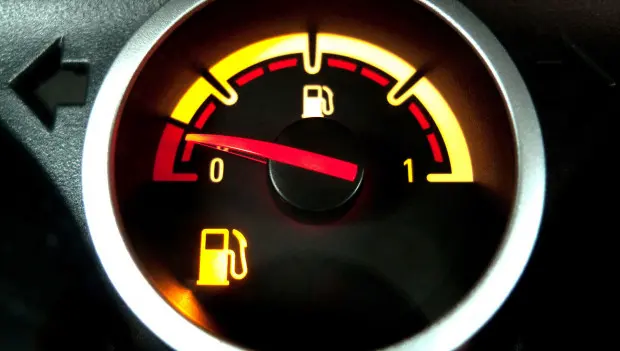
Many drivers argue over whether it’s better to top off the tank or buy gas “a few gallons at a time.” But driving with the low-fuel light on can cost you more money—and even put you in danger.
When there’s very little fuel in the tank, a lot of air remains inside. Temperature changes create condensation, which drips to the bottom and doesn’t mix with gasoline. Over time, that moisture can damage the fuel pump, filters, and injectors. Modern engines are especially sensitive to water: their microscopic channels clog easily, leading to rough performance.
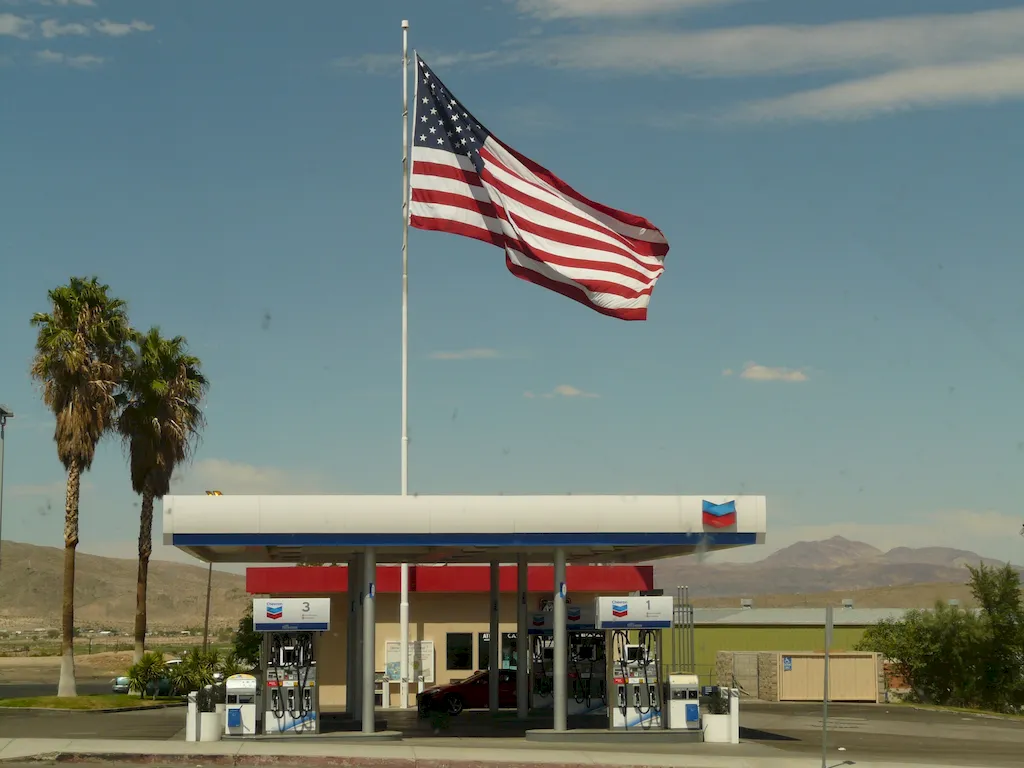
A full tank protects your fuel pump
Your fuel pump is cooled by gasoline, not air. When fuel is low, the pump can overheat and fail sooner—a repair that’s far from cheap, especially on newer vehicles.
Some drivers believe a full tank is somehow more dangerous than an empty one. That’s a myth. The real hazard comes from gasoline vapors, which are most concentrated in an almost empty tank—and those vapors ignite much more easily.
Topping off only a few gallons may feel budget-friendly at first. In reality, frequent trips to the gas station take extra time, and fuel prices vary widely between states. Filling up in advance lets you benefit from lower prices and stick to trusted stations where fuel quality isn’t a gamble.
Keeping just five gallons in your tank might feel like control over your budget, but in practice it risks your car’s longevity and your own safety. A full tank isn’t wasteful—it’s a smart, reliable, and safer way to drive.
You may also be interested in the news:
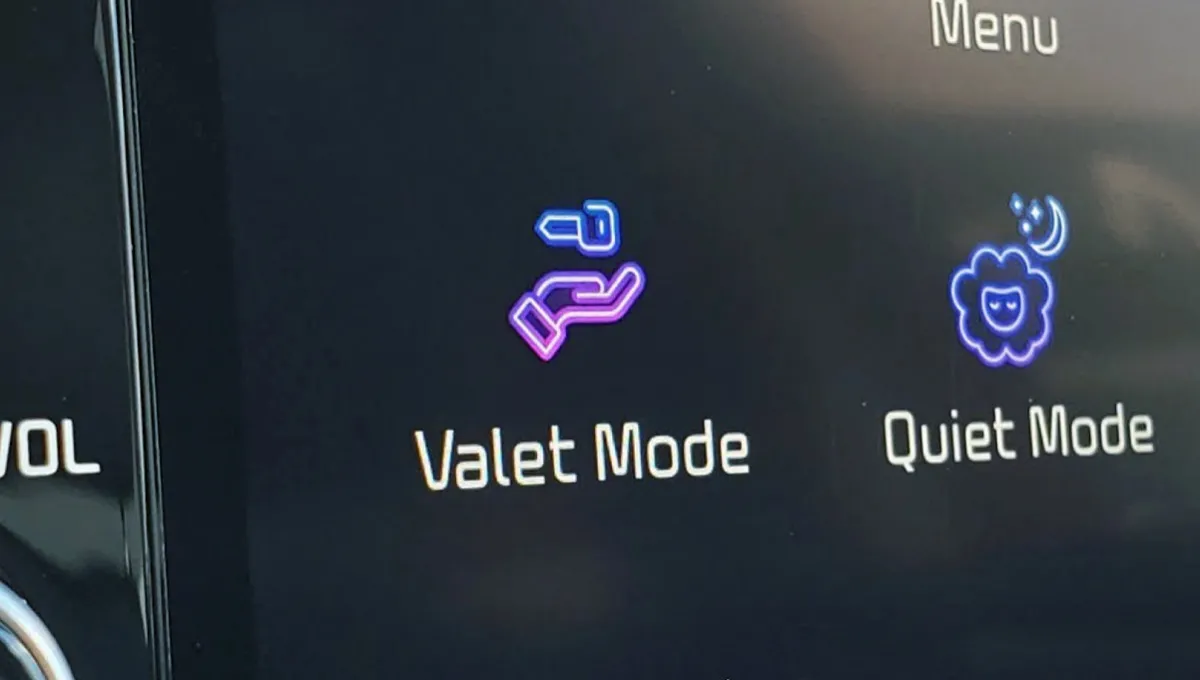
Many Americans don’t know about this onboard computer feature: what the Valet Mode system is for and how it works
How to use Valet Mode and when to apply this system, as well as why it was integrated into your car’s computer.
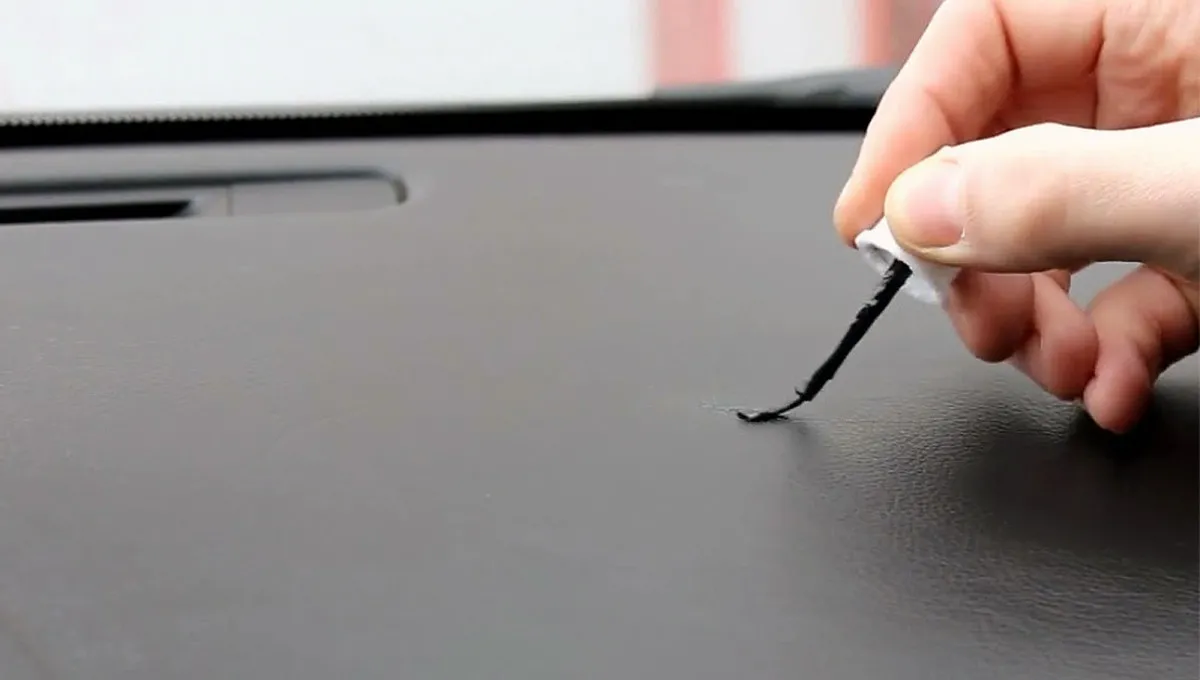
Five Ways to Remove Scratches From Your Car’s Plastic Interior
Every car owner wants their cabin to look as clean and well-kept as possible.
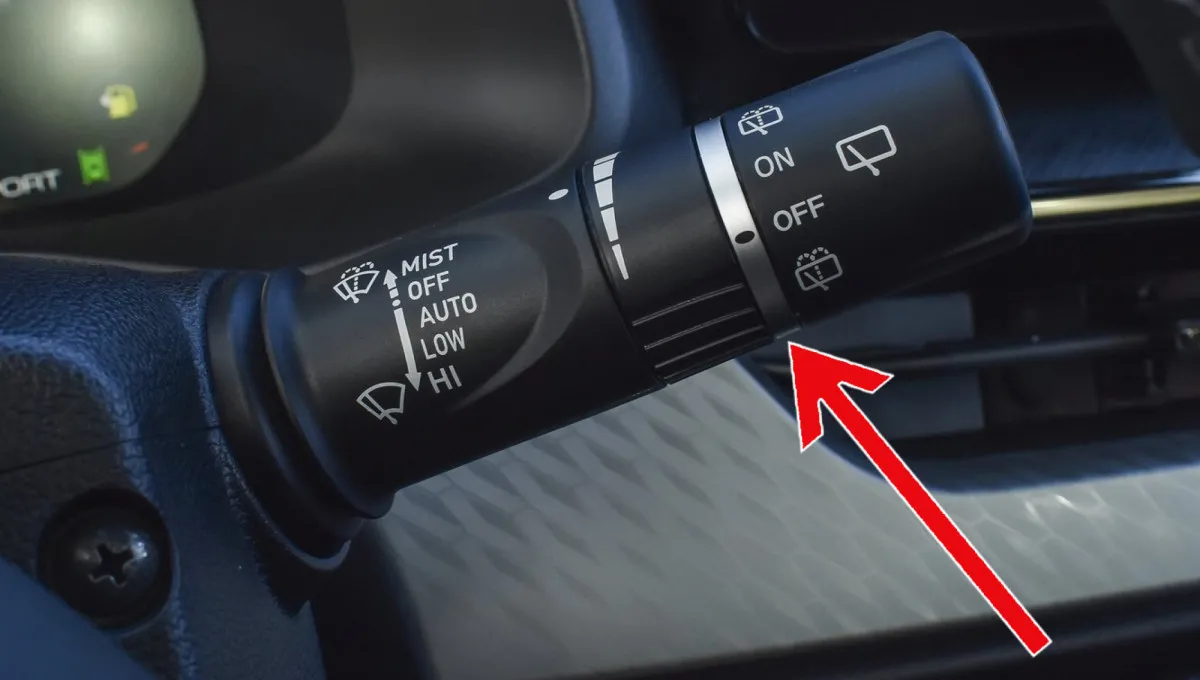
Vital Winter Tip: The One Car Setting You Must Turn Off Before It's Too Late
This common car feature is a silent winter menace. Ignoring one switch can lead to a startling and expensive morning surprise.
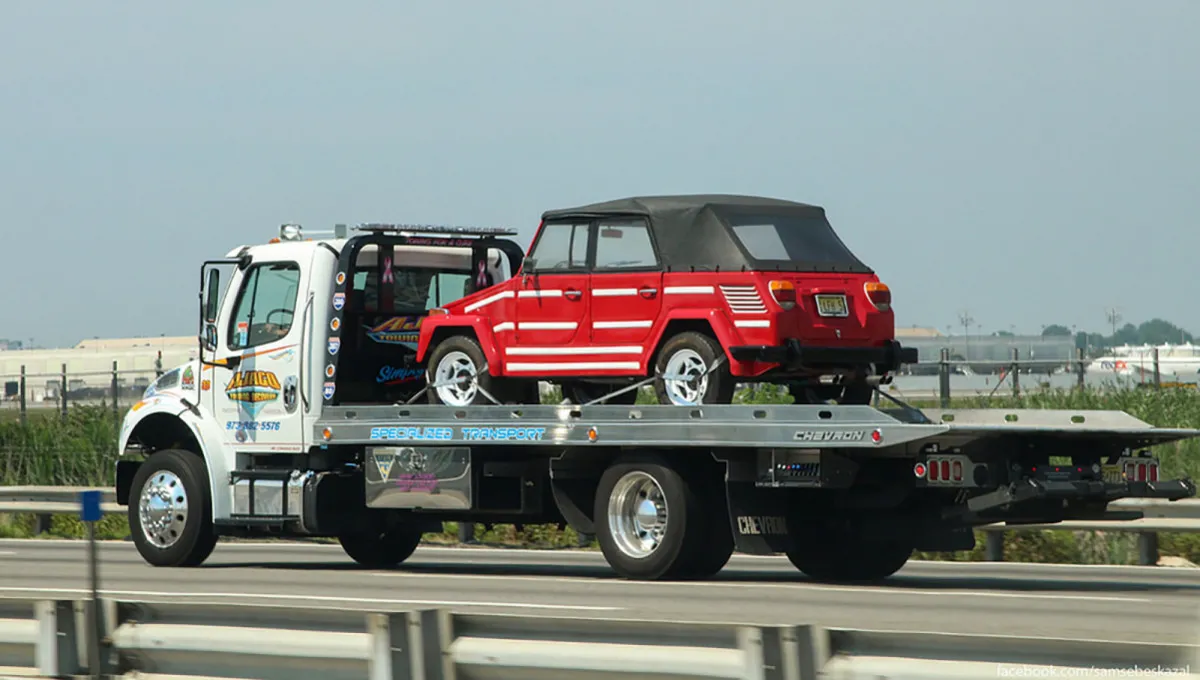
Few Reasons Your Car Might Shake Right After You Start Driving — and What You Can Do About It
Most drivers will eventually encounter sudden vibrations or shaking while on the road.
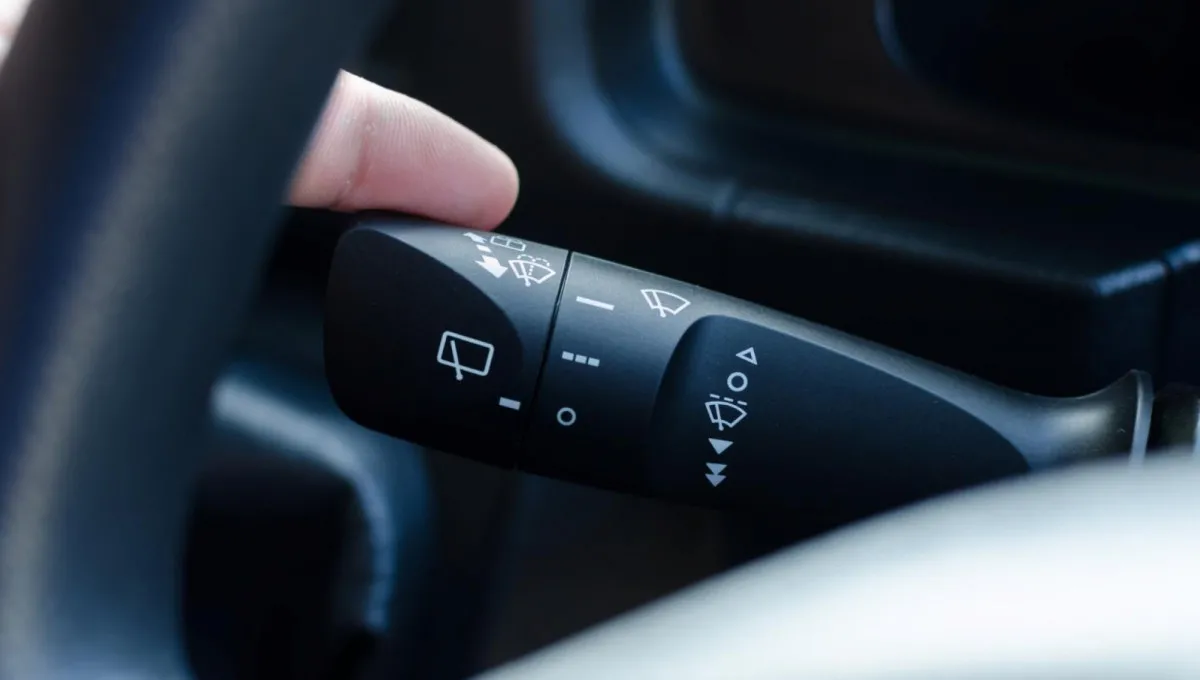
7 Hidden but Surprisingly Useful Features Every Car Has
Modern cars are packed with features most drivers never notice — from safety tricks to small conveniences that make life easier.